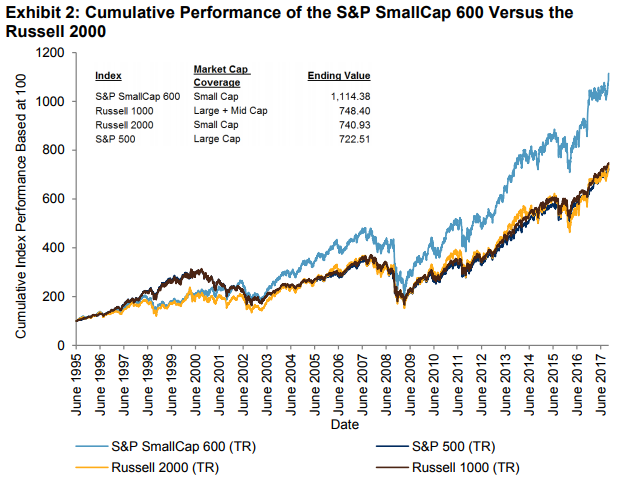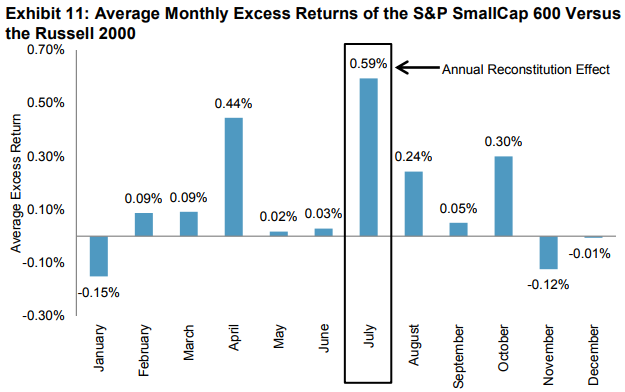The ten year Treasury note closed with a yield over 2.5% this week, sparking talk that interest rates may have bottomed. The first chart shows the yield on the 10 year treasury going all the way back to 1953. As seen there, the bottom in July 2016 at 1.5%. Last March the yield was 2.5%, it then fell to 2% in September before rebounding.

The bigger picture is revealed in the chart. We have either recently passed or appear to be approaching a major bottom in the bond markets. With a few dips during recessions, Treasury note yields climbed steadily from 1954 until 1981, turned and began what was once called The Great Intergalactic Bond Rally. Starting in September 1981yields fell for the next 35 years. While picking the precise bottom is challenging, it is increasingly likely that the long term decline in bond yields is drawing to a close.
Among the factors arguing that we are at a turn in bond yields are the economy’s current strength and momentum and the Fed’s decision to shrink its balance sheet and move away from quantitative easing as they raise the Fed funds rate. Real US GDP growth in the second and third quarters of 2017 topped 3%. Real business fixed investment grew at 6% in the first three quarters of 2017. The unemployment is down to 4.1%. The economy is growing faster than its long term potential growth, putting upward pressure on interest rates.
The monetary policy that brought interest rates close to zero and supported the recovery from the financial crisis is over. The Fed’s attention is now directed at establishing a safety margin with the Fed funds rate well above zero so that it can cut rates when the next recession arrives.
A short term result of the Fed’s continuing increase in the Fed funds rate is a flatter yield curve as seen in the chart of the spread between the 10-year and two-year treasury notes. Some analysts argue that a flattening yield curve may be pointing to future economic softness and might persuade the Fed to stop raising the funds rate. However, the current increase in the yield on the ten year treasury is giving the Fed more room for raising the Fed funds rate going forward.

Two by-products of the economy’s strength also support the idea that we may be close to a bottom in bond yields. Inflation expectations (see next chart) are no longer falling. Market participants and the Fed will be watching expectations and the unemployment rate for hints of when inflation could pass 2%. Rising oil prices, now over $60 per barrel, are another sign that inflation could creep upward and encourage investors to seek higher interest rates.














